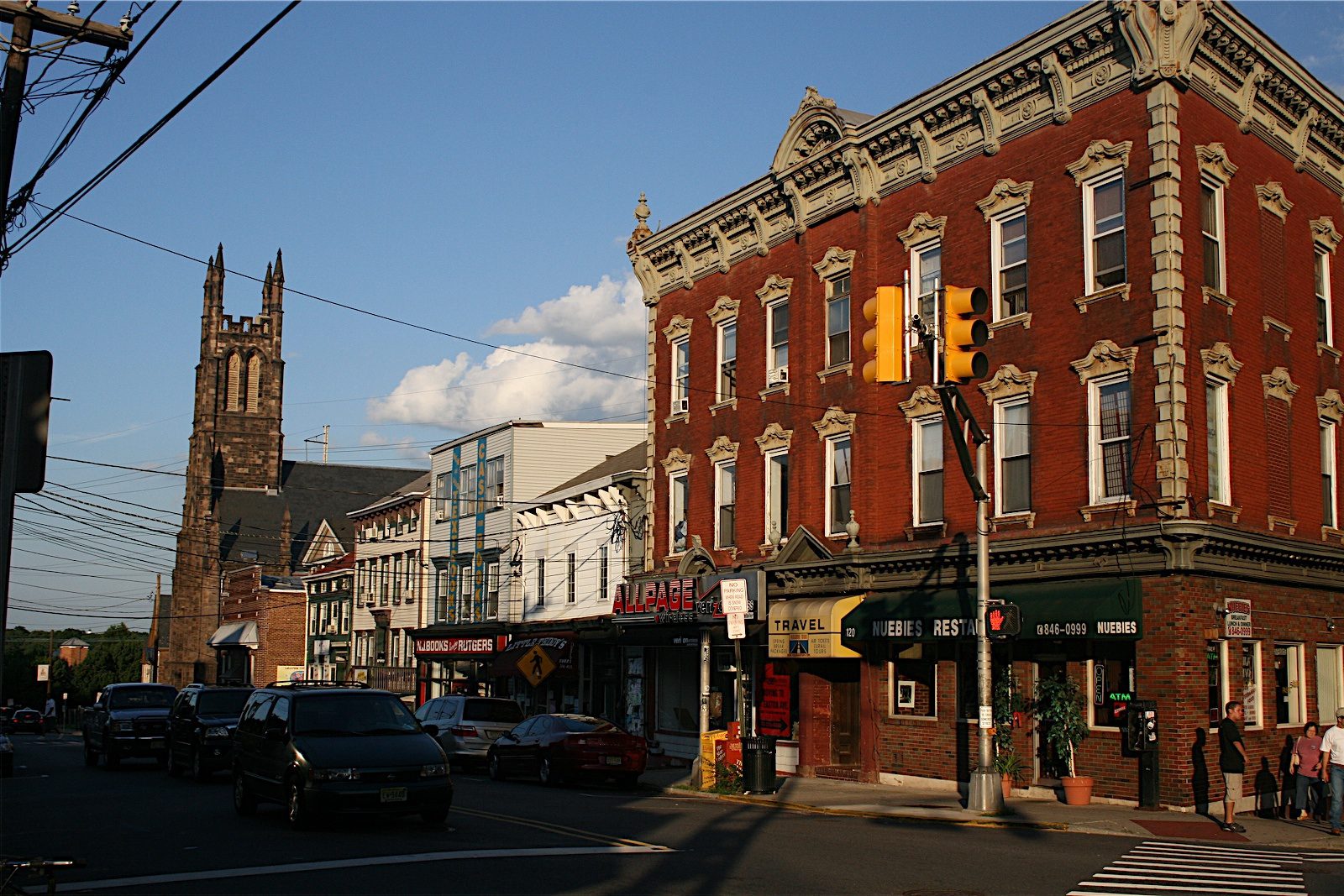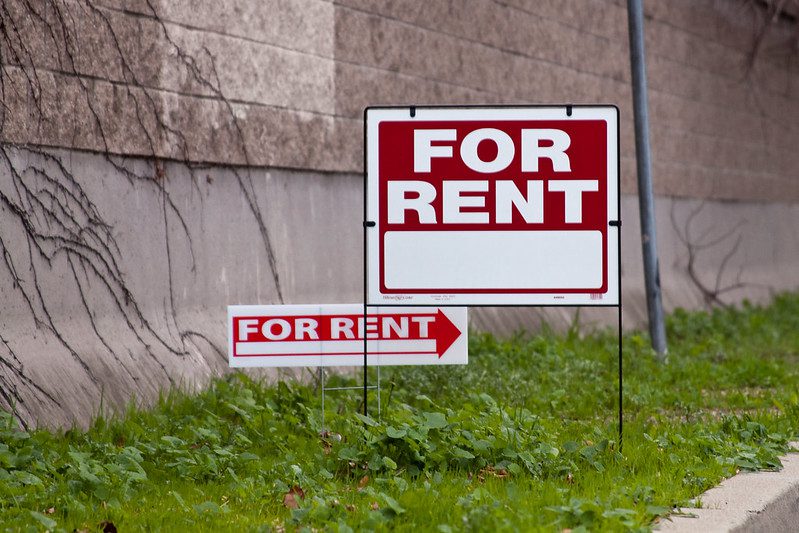In the 1970s, New Brunswick, NJ was struggling.
Like other New Jersey cities experiencing the hangover of race riots of the 1960s, the schools were in decline, white flight began to set in, and all of a sudden, the Hub City, as it’s called, that was home to the world headquarters of pharmaceutical giant Johnson & Johnson and Rutgers University was in serious trouble.
But there had always been hope. In the summer of 1967, as peace was shattered throughout cities in the Garden State, New Brunswick held fast, no blood was shed, and the peace was preserved. Then-mayor Patricia Sheehan, a 33-year-old widow and mother of three actually went out on patrol with the police, appeared with local clergy, and made it known — in person — that whatever happened in New Brunswick, her incumbency, part of a so-called “New Five” ousting 27 years of a previous administration, would watch over the city.
That resilience and sense of hope was instilled in the residents, and in 1975, New Brunswick Tomorrow, a partnership of public and private sectors, was organized. The following year, The New Brunswick Development Corporation, a private, non-profit organization designed to serve as New Brunswick Tomorrow’s implementation partner for economic development (and is still the city’s ostensible redevelopment arm), was created, and a city was on the move again.
Johnson & Johnson announced it would stay in New Brunswick in 1978, housing its headquarters in an I.M. Pei-designed campus, near the Rutgers University campus in a run down segment of the downtown.
While it can be argued that, once upon a time, concerned residents needed needed bold, do-it-itself government initiative to revive the city, the residents, as is the case in any locality, have always been the lifeblood, though city government did not always reflect that. There had already been a problem with the extreme transience of this community of 50,000 residents, whose tens of thousands of students passed through with few staying to raise their families in the city, and the changing immigrant population — for example, a once Hungarian neighborhood is now a vibrant Hispanic area— is changing the face of the city.
New Brunswick, being in the geographic center of the state, was, for a long time, at the center of New Jersey’s infamous corrupt Democratic Machine. Mayor John Lynch, who served as mayor from 1979 to 1991 and is the immediate predecessor of the current Mayor James Cahill, is currently serving a three-year jail term immediately preceding the current mayor.
To be sure, not all are corrupt, but there are so many tributaries that link New Brunswick government to the larger state Democratic Machine (the municipal attorney, William Hamilton, a junior grade Navy lieutenant before receiving his JD from Georgetown in the early sixties, and an overall decent man, was briefly the Speaker of the State Assembly in the 1970s) that it could take up an entirely separate article.
But back to Mayor Sheehan, who marched with police under the threat of race riots in the 1960s. Her daughter, Elizabeth “Betsy” Sheehan Garlatti, is currently the New Brunswick City Council president. Garlatti, the director of Finance & Research at the New Jersey Commission on Higher Education, was appointed — as is often the case in machine politics — to a vacant city council seat in 2004 and has since won reelection by way of the 3,000 or so party insiders and municipal employees who actually vote in New Brunswick.
Because the Democratic Party has effectively shut out the primary process, various residents have run hopeful campaigns on an independent ticket, but have always failed miserably. Forget about Republicans. They hardly exist here.
One way Council has been able to hold power is by way of the at-large Council system that was established in the 1970s. New Brunswick is divided into wards, but none has direct ward representation.
This is nothing new, of course, in so many local governments, but a recent grass-roots push to change that government structure has begun to garner some attention.
A group, Empower Our Neighborhoods, last month filed a petition with the city clerk’s office to advocate for a ballot question that would change the current form of municipal government from an at-large system to a ward-based system, as well as increasing the number of seats on Council from five to eight.
But as is the case in cities where government is threatened, on July 2, the New Brunswick City Council passed a counteracting ordinance to push the citizens’ initiative off the ballot, and replacing it with a Council-crafted initiative that calls for creating a study that would examine the need to change government.
Knowing that they have at least 3,000 votes, and that Rutgers University students rarely vote, Council would entertain this question, it would fail, and Council could claim that it reached out to the community, and the community decided that it did not want to change government.
A legal battle could ensue that would determine whether the community or the City Council had first initiated a legal proceeding on that ballot question, but experts at Rutgers’ Bloustein School of Planning and Public Policy appear to think Empower Our Neighborhoods is in the right.
Attending a New Brunswick City Council meeting is interesting. Based on what you’ve just read, you might think this is a contemptuous lot, but it’s not. They are good people who will speak to you after meetings, but seem averse to criticism, particularly when they stock Council chambers with municipal employees to attend the public meetings. At least two are dual office holders (Council Vice President Joseph V. Egan is a long-time state Assemblyman and Blanquita Valenti serves on the county governing body), and one, the aforementioned Garlatti, has bloodlines in city government.
All but one were born and raised in New Brunswick, and the one that wasn’t — Valenti — came to New Brunswick in 1956 from Puerto Rico and in 1971 became the first Hispanic appointed to the New Brunswick Board of Education.
These are community folks, no doubt about it, and their commitment to the city was never in doubt (though there are plenty of people who make strong cases to the contrary). This is not evil empire stuff: it’s simply a case of a city government that has apparently lost its way, forgetting about the fundamentals that make a city tick, like when Garlatti, and incumbents Jimmie Cook and Robert Recine cited scheduling conflicts for not being able to participate in a pre-primary forum co-sponsored by Empower Our Neighborhoods and the local NAACP chapter. New Brunswick has undergone an unbelievable downtown renaissance in the past 10 years, with an arts, culture, and culinary scene that is unparalleled in the state, but the schools still suffer (it’s an Abbott district), the residential neighborhoods near town are largely unsuitable for quiet, secure family living because of the rampant off-campus student housing situation. Absentee landlords let their properties deteriorate, broken glass, drug dealing, and homeless in neighborhood parks is the norm. Again, not surprising for so many cities, as isn’t the government’s resistance to this grass-roots effort, if not frustrating — but that doesn’t make it acceptable. If the folks at Empower win this battle, it would go to show that a once-impenetrable system can be changed, and that, just like Mayor Sheehan displayed during her courageous outreach efforts in the 1960s, residents are indeed the lifeblood of any locality.






It’s interesting to contrast the use of jurisdictions in NJ and here in Pittsburgh. In the city we have official neighborhoods (conglomerations of adjacent Census blocks), wards that follow totally arbitrary boundaries (that elect representatives to the County Democratic Committee), and City Council districts (again, totally arbitrary and are drawn in part to ensure equitable minority representation on Council). This muck of different jurisdictions creates whole new ways to subvert the democratic process.
I think an interesting question for those of us in older cities is how to break the anti-progressive strangleholds of Democratic machines. Obviously stronger Republican parties are not the answer, even if Machine Democrats tend to be more conservative than many Republicans…
It’s a good point — and machine anything — Democratic or Republican — is cut from the same cloth. I should mention that in neighboring Edison Township, which is the 5th largest municipality in the state with a population of 100,000, the old Democratic guard was defeated in 2005 when Jun Choi, a young policy official for the New Jersey Department of Education, defeated the machine standard bearer, George Spadoro, in the mayoral primary. Two years later, Choi ran a slate of four council candidates under the “Edison Democratic Party” to oust the remaining machine Council members — a major coup. Edison lies in the same county as New Brunswick, with the same County Democrats doing the nominating, so Choi’s victories in 2005 and 2007 were of particular note. It’s also worth noting that Choi was an early supporter of Barack Obama, when, in 2007, all of New Jersey’s old Democratic guard were lining up behind Clinton.